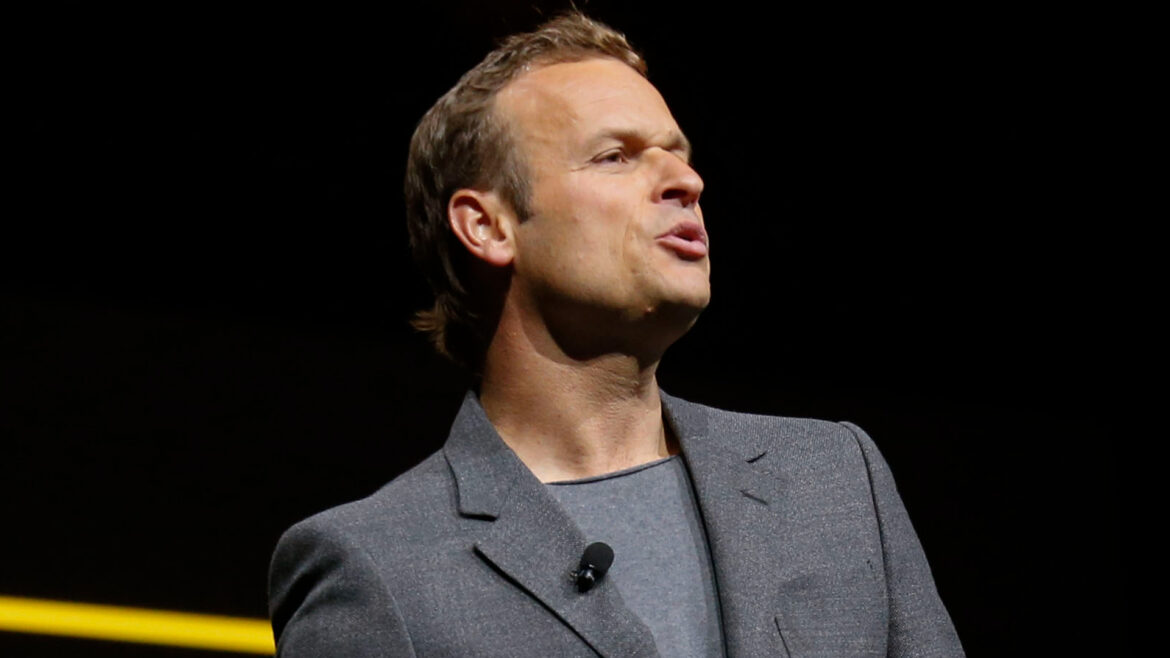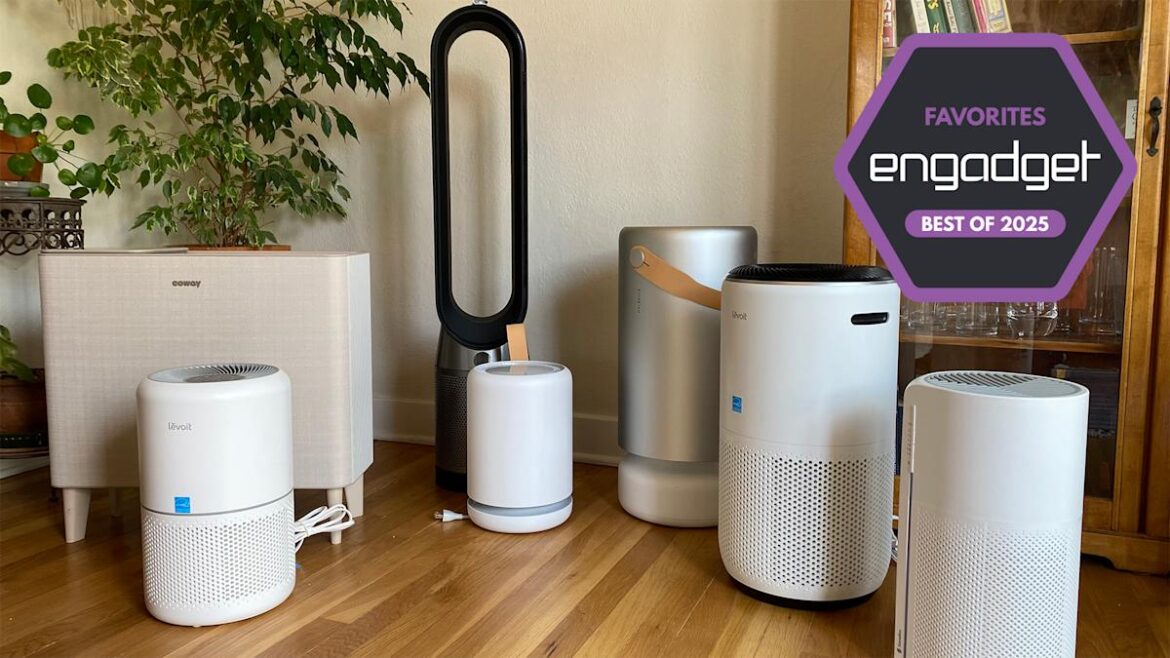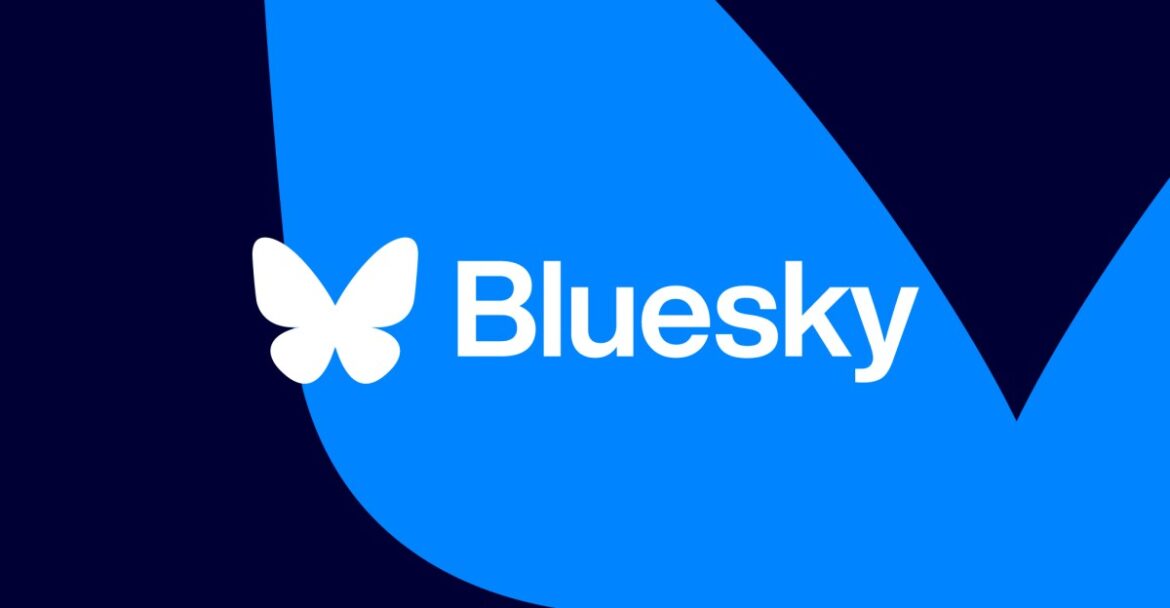Released in 2016, Isabel Greenberg’s graphic novel The One Hundred Nights of Hero earned a devoted following for its witty twist on The Arabian Nights, imagining a married woman and her beloved maid turning to the power of storytelling to protect the wife from her husband’s creepy wager. Now the tale is coming to the big screen with an all-star cast—and today’s teaser gives us our first look at its medieval folklore-inspired world.
As the trailer shows, Deadpool & Wolverine‘s Emma Corrin (as the maid, Hero), Longlegs‘ Maika Monroe (as the wife, Cherry), and Masters of the Universe‘s Nicholas Galitzine (as the wife’s determined suitor) lead a cast that also includes Amir Al-Masry, Charlie XCX, Richard E. Grant, and Felicity Jones.
Here’s the official synopsis: “When her neglectful husband departs after placing a secret wager to test her fidelity, Cherry (Monroe) and her sharp-witted maid, Hero (Corrin), must fend off a dangerously seductive visitor: Manfred (Galitzine).”
There are almost Yorgos Lanthimos vibes in the blend of period setting, fantasy, and what looks like an offbeat and modern sense of humor; the costumes are also spectacular. It’s not clear from this first teaser if the movie will hew to the novel’s storytelling device, but you have to imagine some of the characters we just see for an instant (Felicity Jones in a long silver wig; Charlie XCX, strumming a very unusual-looking guitar) may be characters in Hero’s carefully crafted tales.
Written and directed by Julia Jackman, 100 Nights of Hero hits theaters December 5.
Want more io9 news? Check out when to expect the latest Marvel, Star Wars, and Star Trek releases, what’s next for the DC Universe on film and TV, and everything you need to know about the future of Doctor Who.










